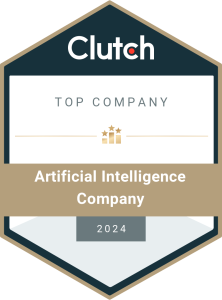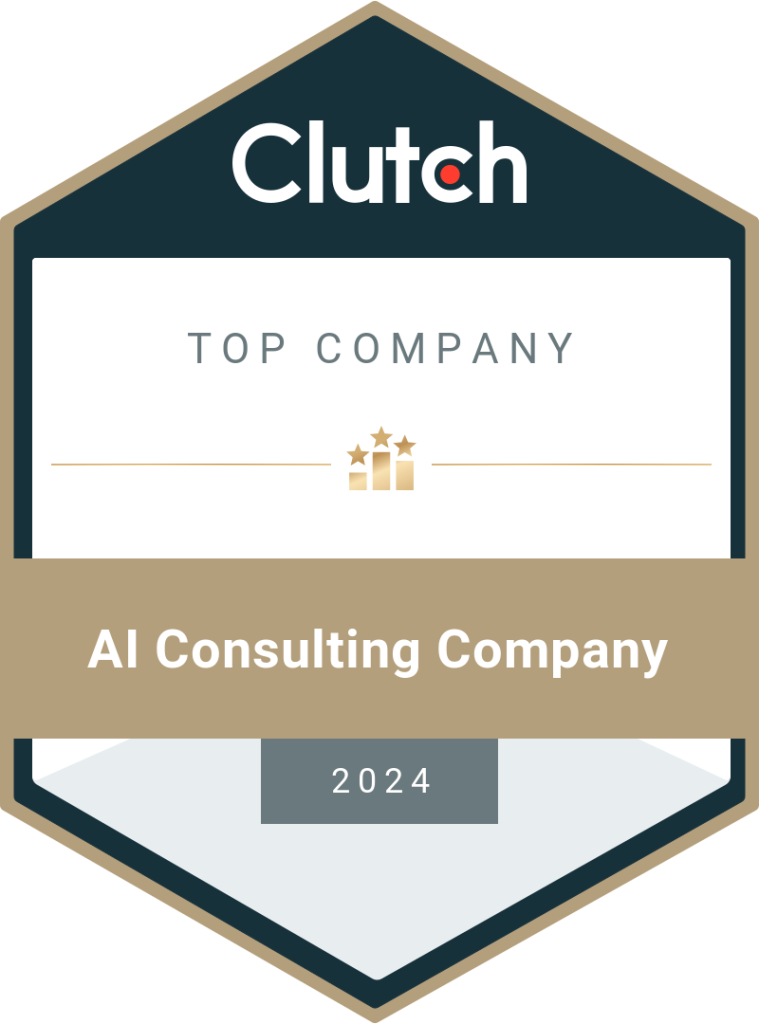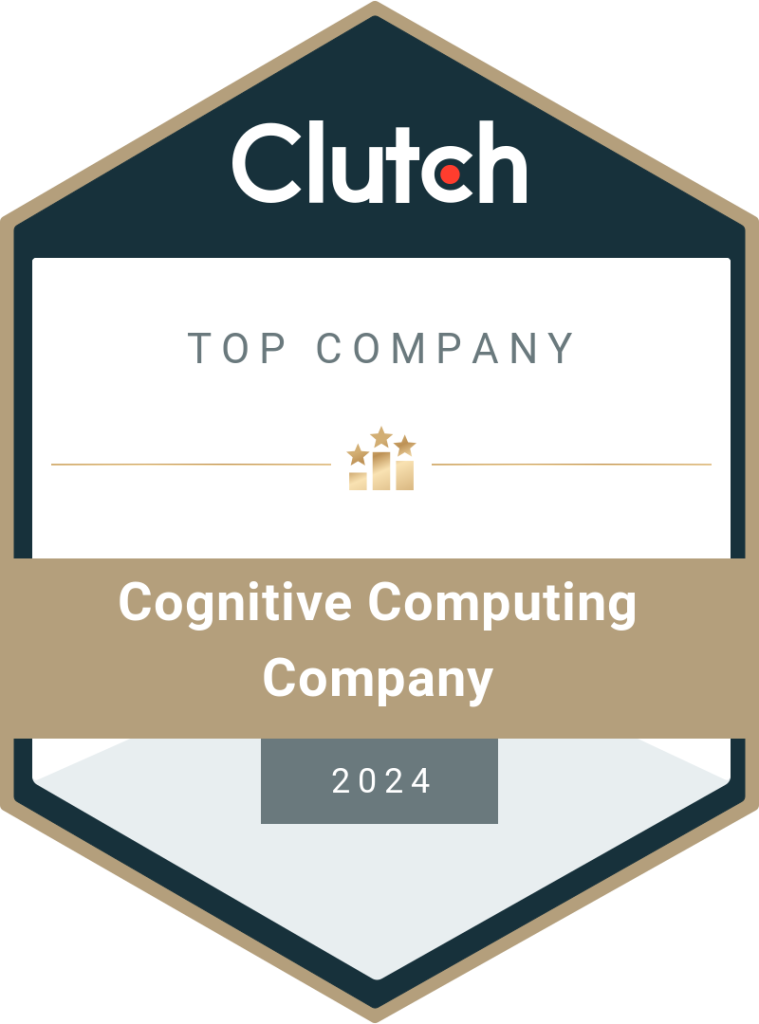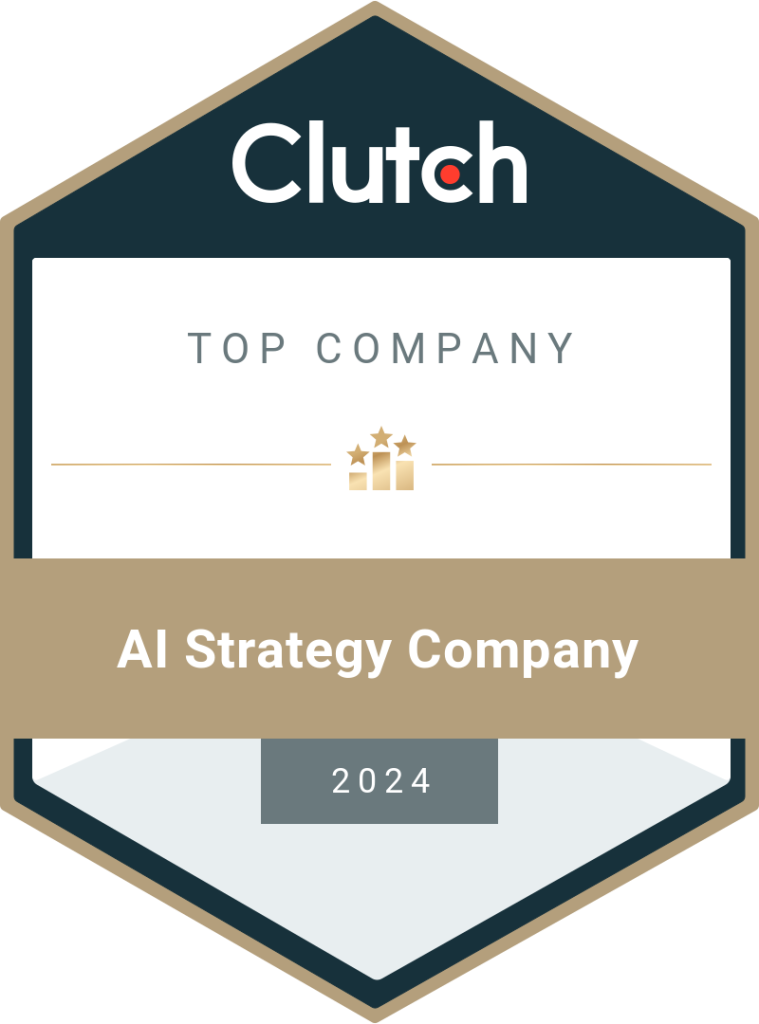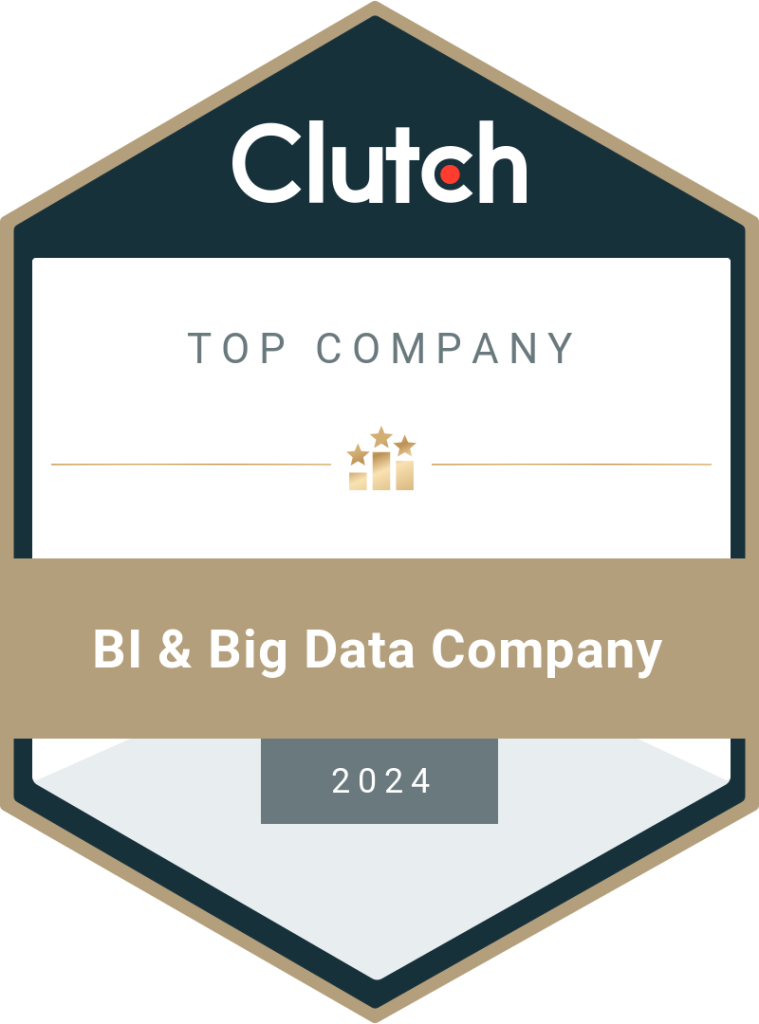AI Agents in Healthcare – The Future of Medical AI
The healthcare and medical industry can vastly benefit from adopting advanced technologies like AI, ML, NLP, etc. Here we’ll discuss how AI agents in healthcare are transforming patient care, diagnostics, and hospital ops. Learn about the benefits, use cases, and future impact on medical AI. Artificial intelligence has become a part of many industries, including healthcare. AI has many uses in the medical and healthcare sector. According to Grand View Research, the global AI healthcare market is estimated to grow at a CAGR (compound annual growth rate) of 38.5% between 2024 and 2030. The AI healthcare market shot up by a whopping 233% between 2020 and 2023, the Covid-19 pandemic and post-pandemic years. Another report shows that over 60% of people from healthcare in South America and the Asia Pacific regions believe AI will play a prominent role in decision-making in the next ten years, with the Middle East in the third place. The clinicians from North America and Europe aren’t as convinced but AI is majorly used (at 29%) in clinical decision support tools in the US. AI in healthcare is helpful for doctors, surgeons, patients, medical/ lab technicians, and administrative teams. The popularity of generative AI and the development of AI agents has enhanced the use of new technologies in the industry. In this blog, we will read more about the uses, benefits, and need for AI agents in healthcare as well as the role of artificial intelligence in the medical sector. AI Agents in Healthcare: Key Components, Uses, and Benefits An AI agent in healthcare is an intelligent software program trained on patient and medical data to provide virtual assistance by processing input and delivering relevant outcomes. Key Components of AI Agents The AI agents’ framework consists of five key components listed below: AI agents use machine learning algorithms to identify patterns and discover trends or correlations in historical data to predict outcomes, diagnose diseases, recommend treatments, or determine the risk factors when considering a treatment/ surgery. By using NLP, the AI agents can accurately understand and interpret human languages. This reduces the risk of error caused by misunderstanding the content or context. NLP helps in answering queries by patients, filling their forms/ medical records, and generating reports. The AI agents’ architecture also includes technology to process audiovisual content like images and videos, X-rays, CT and MRI scan reports, etc., to identify patterns, detect early signs of diseases, and more. Tumors or cancerous cells can be identified before they affect the patient’s health adversely. Computer vision is also used when performing surgeries. Another role of AI agents is to regularly interact with humans (be it doctors, nurses, admin staff, or patients) and assist them however necessary. For this, the software is trained to have a user-friendly interface with adaptability and responsiveness. AI agents can be used to analyze datasets and derive actionable insights, future predictions, etc. From identifying the appropriate treatment method to post-care planning, the AI agent can help at every stage. It can provide the required insights and reports for the concerned parties to make the right decisions. Uses of AI Agents in Healthcare Medical treatments are diverse and personalized based on the patient’s medical history and overall health condition. Moreover, concerns like allergies to active ingredients in drugs should be considered when prescribing medication. By digitalizing patient records, hospitals can use AI agents to create a quick and accurate report about the patient’s condition and provide it to the doctor. This allows the doctor to prescribe an appropriate drug or a treatment plan. Even if the patient forgets to inform during the appointment, the AI agent can ensure the doctor has all the necessary information to make the right decision. IoT (Internet of Things) devices like sensors on wearables can be used to collect patient data in real-time and send alerts as necessary. For example, a patient recovering from a surgical procedure can be monitored through the AI agent that tracks their vitals like heartbeat, blood pressure, etc. The nurses can be quickly alerted in case of emergencies. Furthermore, patients recovering at home can also be monitored remotely through AI agents. The hospital can send someone to treat the patient or contact them immediately to provide support. Administrative processes and revenue cycle management (RCM) can be streamlined using AI agents in healthcare. From automatically updating patient records in the central database to scheduling appointments and follow-ups, sending alerts to reduce waiting time, and tracking appointments to provide a better experience, AI agents have varied roles in increasing operational efficiency. The admin staff can use AI agents to ensure the claim submissions are accurate and get quick reimbursements from payers. Generating invoices and printing bills is also easier. Sometimes, healthcare providers may have to come up with new treatments or drug combinations based on the patient’s condition and medical history. They can use AI agents to analyze the data and predict the possible outcomes of using a particular drug or procedure. This reduces the risk factor as they don’t have to rely only on guesswork or trial and error. It may lead to new discoveries and help more patients with similar conditions. Similarly, AI agents can provide insights about the benefits and potential side effects of a medicine on a patient. AI agents can assist surgeries in many ways. One method is the support provided to robotic arms. Another method is through read-aloud devices or communicator tools that list the patient’s history to the surgeon and help them make proactive decisions during emergency situations. Instead of waiting for someone to gather the information, the AI virtual assistant will deliver the reports in real time. Saving a few precious minutes during complex surgical processes is a matter of life and death. We cannot ignore the importance of providing mental health support to patients and medical staff. There are quite a few AI agents built on conversational AI that act as chatbots and virtual counselors. Patients can interact with these AI agents to share their worries/ troubles
Read More